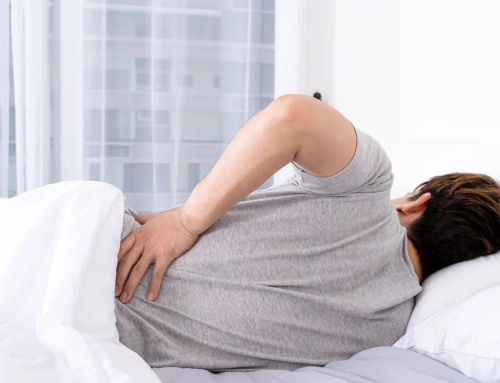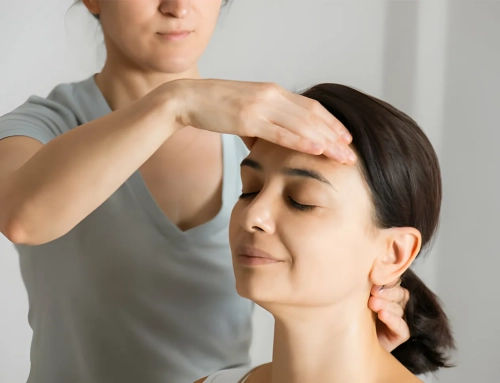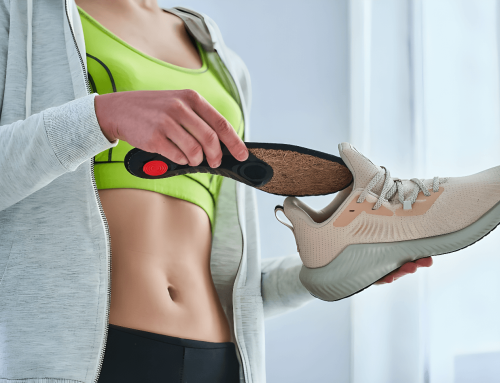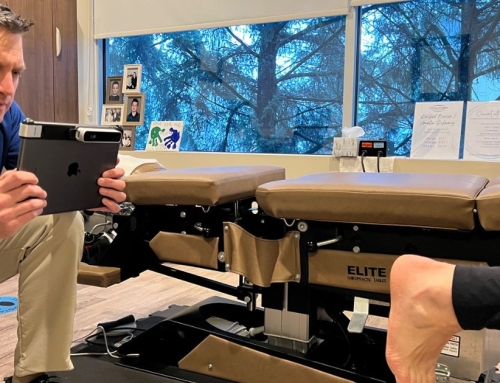Massage Therapy for Arthritis: Can It Help?
Many within the Surrey and Langley area are afflicted by arthritis; we see it all of the time. It can make it challenging to carry out daily tasks by causing joint pain, stiffness, and swelling. Although arthritis cannot be cured, numerous treatments can help manage the symptoms of common afflictions such as osteoarthritis, fibromyalgia, and rheumatoid arthritis. Massage therapy is one such treatment. We’ll look at how massage therapy can benefit those who have arthritis in this article, along with what to anticipate during a massage therapy session at our clinic. We’ve explored the science, examined different types of massage, and even looked at a case study.
Understanding Arthritis and Massage Therapy
While medications and surgery are common treatments for arthritis, alternative therapies like massage have emerged as potential aids in symptom management. Many healthcare providers view massage therapy as a beneficial supplementary therapy for arthritis patients. Massage therapy focuses on manipulating the body’s soft tissues, such as muscles, tendons, and ligaments, to relieve pain, improve circulation, and enhance overall well-being.
How Massage Eases Arthritis Symptoms
We’ve seen how massage therapy can play a role in managing arthritis symptoms, but you may be wondering exactly how it helps ease these symptoms. Massage brings immediate relief by improving blood circulation, which may reduce inflammation and joint pain.
| Benefit of Massage | Effect on Arthritis |
|---|---|
| Improved circulation | Reduces inflammation and pain |
| Enhanced oxygen and nutrient supply | Aids healing and joint movement |
| Muscle relaxation | Increases flexibility and range of motion |
| Breaks cycle of pain and stiffness | Alleviates arthritis discomfort |
The improved oxygen and nutrient supply to joint tissues aids in healing and movement. Massage can also relax the muscles around the arthritic joints, improving flexibility and range of motion. This relaxation can break the cycle of pain and stiffness that plague many people with arthritis.
Types of Massage for Arthritis Relief
Moving on from how massage therapy eases arthritis symptoms, it’s essential to delve into the various types of massage that can provide arthritis relief.
- Swedish massage: One of the most commonly practiced types, it uses long, flowing strokes to relax muscles, improve circulation, and provide relief.
- Deep-tissue massage: This targets the inner layers of muscles, tendons, and fascia, helping to alleviate deep-seated stiffness and pain.
- Trigger point massage: This focuses on releasing muscle knots, which can relieve the referred pain common in osteoarthritis.
Precautions During Massage Therapy
In our exploration of massage therapy for arthritis, it’s crucial to emphasize the precautions required during these sessions. Always consult your healthcare provider before embarking on a new treatment route.
During flare-ups, particularly with rheumatoid arthritis, avoiding massage is advisable as it could exacerbate symptoms. Inform your therapist about your condition and the specific joints affected to tailor the session appropriately.
Open communication throughout the procedure is essential to ensure the pressure isn’t causing further discomfort or pain. Remember, massage therapy should be a soothing experience, not a source of additional distress.
Incorporating Massage Into Arthritis Treatment
We are often asked how we can effectively integrate massage therapy into an existing arthritis treatment plan, and of course, it usually starts with an “it depends, “but in our opinion, it’s all about balance and ensuring that massage complements traditional treatments. Here are our four steps to help you get started with massages:
- Consult your healthcare provider: Before integrating massage into your regimen, ensure it’s safe and beneficial for your specific condition.
- Find a certified massage therapist: Seek a professional who understands arthritis and can tailor a massage routine to your needs.
- Monitor your response: Notice how your body reacts to the massage. It should ease your symptoms and improve your well-being.
- Maintain balance: Don’t let massage overshadow your main treatments. It’s an adjunct therapy meant to supplement, not substitute.
Case Study: Massage for Knee Osteoarthritis
Swedish massage may be a secure and helpful alternative therapy for knee osteoarthritis, according to a Duke Health study. In this test we’ve been following, nearly 200 patients participated in the trial and were split into groups that either received Swedish massage, light touch therapy, or their regular course of treatment. Eight weeks of weekly Swedish massages lasting an hour each resulted in considerable improvements in pain and movement. The findings imply that massage may provide a non-invasive, non-pharmacological approach to help people with knee osteoarthritis live better lives. A potential approach to managing the symptoms of arthritis could be to incorporate massage into therapy regimens.
Massage Therapy at Clayton Heights Chiropractic
Clinical massage therapy is a promising treatment for arthritis symptoms. It can increase circulation, reduce scar tissue and adhesions, decrease neuronal firing, increase joint range of motion, and break the pain-tension cycle. At our clinic, we’ve seen how massage therapy can help soothe arthritis symptoms for clients. Various techniques, from Swedish to deep tissue massage, can offer relief. Our registered massage therapists serve customers in the Surrey and Langley areas to provide you with the best possible path back to your typical pain-free life. Consider clinical massage therapy if you’re looking for a non-invasive, non-pharmacological option that could improve your quality of life. Contact us today to schedule an appointment. We want to help you feel better!











